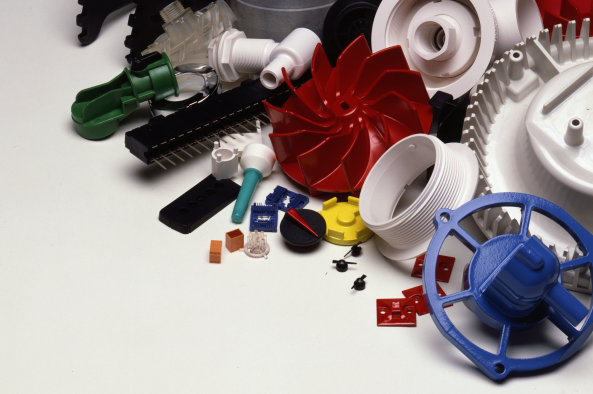In this guide, we and explain what is internal stress of molded parts and analyze the causes to internal stress in plastic injection molding & how to prevent injection molding internal stress.

What Is Internal Stress In Injection Molding
The internal stress of molded parts is a kind of internal stress caused by the orientation of macromolecular chains and cooling shrinkage in the process of plastic melting.
The essence of internal stress is the unbalanced conformation of macromolecular chain formed in the process of melting. This kind of unbalanced conformation can’t immediately recover to the equilibrium conformation adapted to the environmental conditions when it is cooled and solidified. The essence of this kind of unbalanced conformation is a reversible high elastic deformation, while the frozen high elastic deformation can’t be stored in the plastic products under suitable conditions, The forced unstable conformation will be transformed into the free stable conformation, and the potential energy will be changed into kinetic energy.
When the interaction force and entanglement force between macromolecular chains can not sustain this kinetic energy, the internal stress balance will be destroyed, and the plastic injection molding products will produce stress cracking and warping deformation.
Cause Analysis Of Internal Stress In Plastics
1. Orientation internal stress
The oriented internal stress is a kind of internal stress produced by the freezing of the directional conformation of macromolecular chains along the flow direction in the process of flowing mold filling and packing.
The detailed process of orientation stress generation is as follows:
– The melt near the runner wall will increase the viscosity of the outer melt due to the high cooling speed, so that the flow velocity of the melt in the core layer of the cavity is much higher than that of the surface layer, resulting in the shear stress between the inner layers of the melt and the orientation along the flow direction.
– The thawing of oriented macromolecular chain in plastic products means that there is reversible high elastic deformation without relaxation. Therefore, orientation stress is the internal force of macromolecular chain from oriented conformation to non oriented conformation. The orientation stress in plastic products can be reduced or eliminated by heat treatment.
– The distribution of orientation internal stress of plastic products becomes smaller and smaller from the surface layer to the inner layer, and changes parabola.
2. Cooling internal stress
Cooling internal stress is a kind of internal stress caused by uneven shrinkage of plastic injection molding products in the process of melting. Especially for thick wall plastic products, the outer layer of the plastic products first cools, solidifies and shrinks, and the inner layer may still be hot melt, so the core layer will limit the shrinkage of the surface layer, resulting in the core layer in the compressive stress state, while the surface layer in the tensile stress state.
The distribution of cooling internal stress of plastic products increases from the surface layer to the inner layer, and also changes in a parabola.
In addition, plastic products with metal inserts are easy to form internal stress with uneven shrinkage due to the large difference in thermal expansion coefficient between metal and plastic.
In addition to the above two kinds of important internal stresses, there are also the following kinds of internal stresses:
For crystalline plastic products, the internal stress also occurs when the crystalline structure and crystallinity of each part of the products are different. In addition, there are internal stress of configuration and demoulding, but the proportion of internal stress is very small.
Analysis Of The Factors Influencing The Internal Stress Of Plastics
1. Rigidity of molecular chain
The higher the rigidity of the molecular chain, the higher the melt viscosity, and the worse the mobility of the polymer molecular chain. Therefore, the recovery of the reversible high elastic deformation is poor, and it is easy to produce residual internal stress. For example, some polymers with benzene ring in the molecular chain, such as PC, PPO, PPS, etc., have higher internal stress in their corresponding products.
2. Polarity of molecular chain
The greater the polarity of a molecular chain, the greater the force of mutual attraction between molecules, so that the mutual movement between molecules increases, the degree of restoring reversible elastic deformation decreases, and the residual internal stress increases. For example, some kinds of plastics with polar groups such as carbonyl group, ester group and cyano group in the molecular chain have higher internal stress.
3. Steric hindrance effect of substituted groups
The larger the volume of the substituent group, the larger the residual stress. For example, the phenyl volume of polystyrene substituent group is larger, so the internal stress of polystyrene products is larger.
